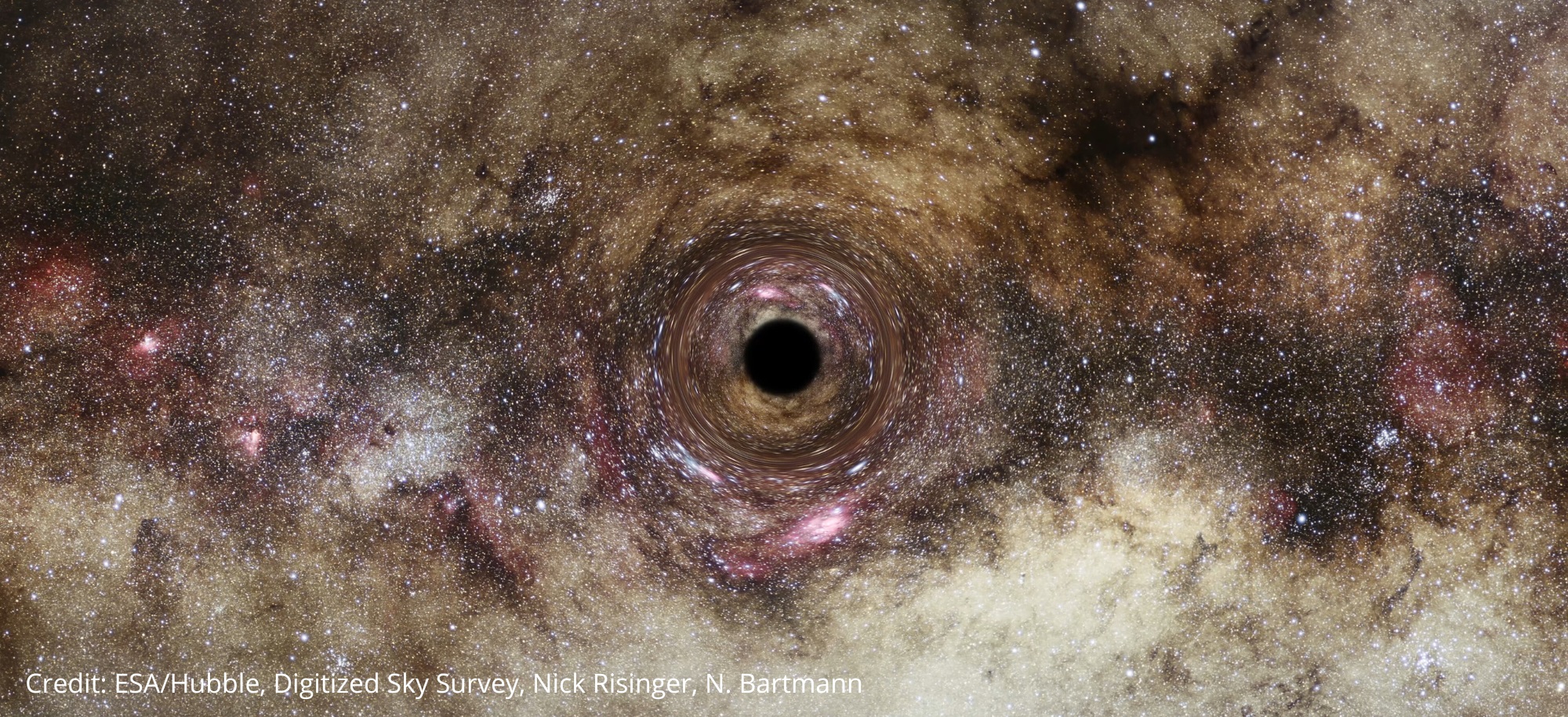In 1931, Indian-American physicist Subrahmanyan Chandrasekhar proposed a resolution to Einstein’s Theory of General Relativity that postulated the existence of black holes. By 1972, astronomers obtained the first conclusive evidence that these objects existed in our Universe. Observations of quasars and the center of the Milky Way also revealed that most massive galaxies have supermassive black holes (SMBHs) at their cores. Since then, the study of black holes has revealed that these objects vary in size and mass, ranging from micro black holes (MBHs) and intermediate black holes (IMBHs) to SMBHs.
Using astronomical simulations and a technique known as Gravitational Lensing, an international team of astrophysicists detected what could be the largest black hole ever observed. This ultramassive black hole (UMBH) has a mass roughly 30 billion times that of our Sun and is located near the center of the Abell 1201 galaxy cluster, roughly 2.7 billion light-years from Earth. This is the first time a black hole has been found using Gravitational Lensing, and it could enable studies that look farther into space to find black holes and deepen our understanding of their size and scale.
Continue reading “Astronomers Think They've Found One of the Biggest Black Holes Ever Seen”

